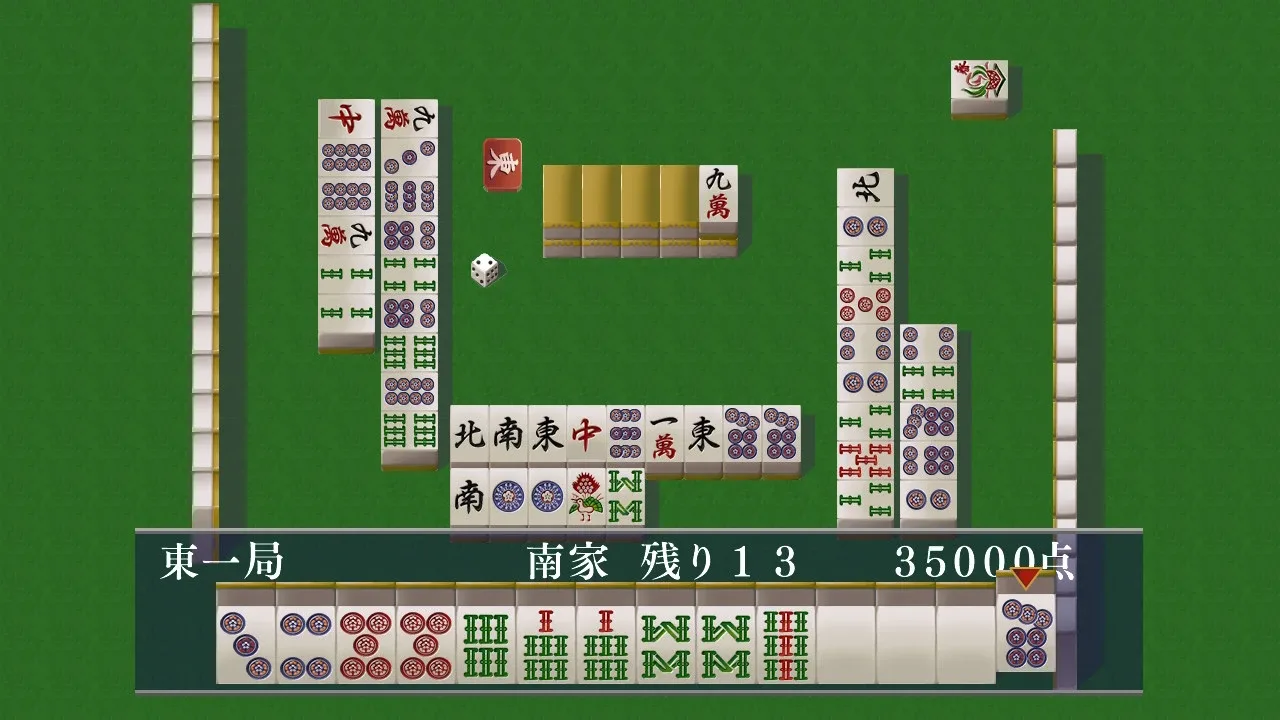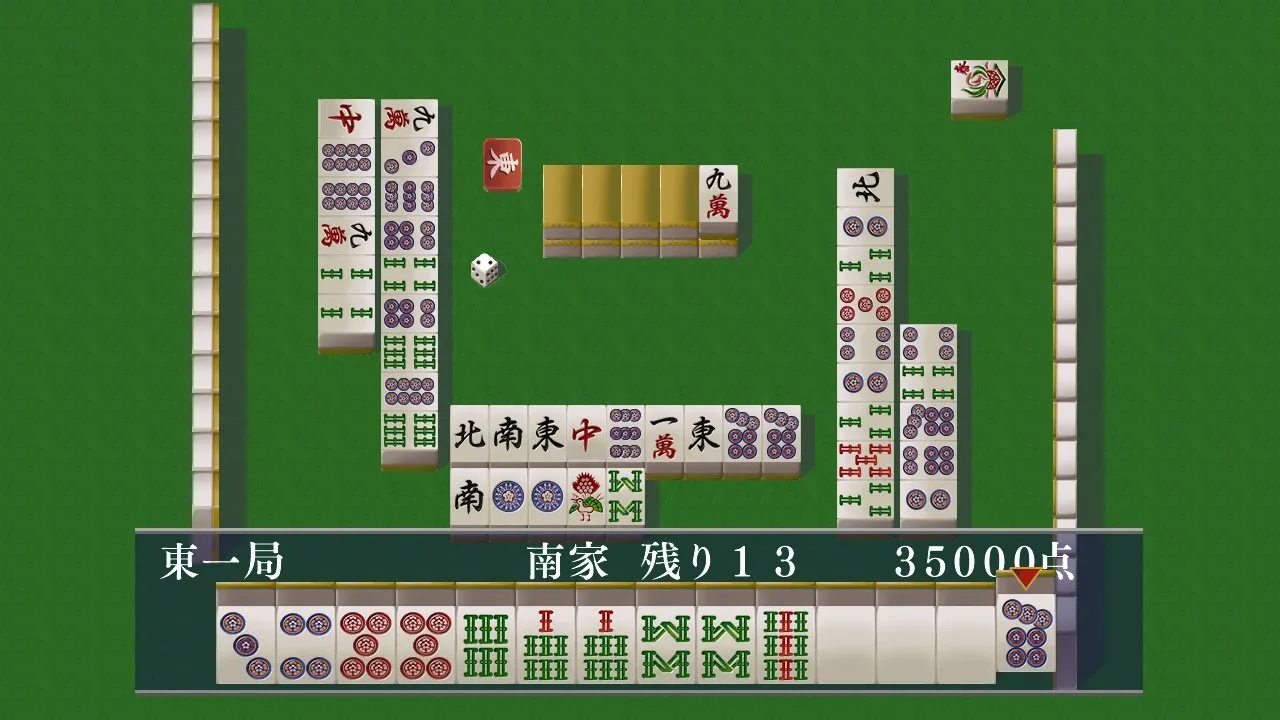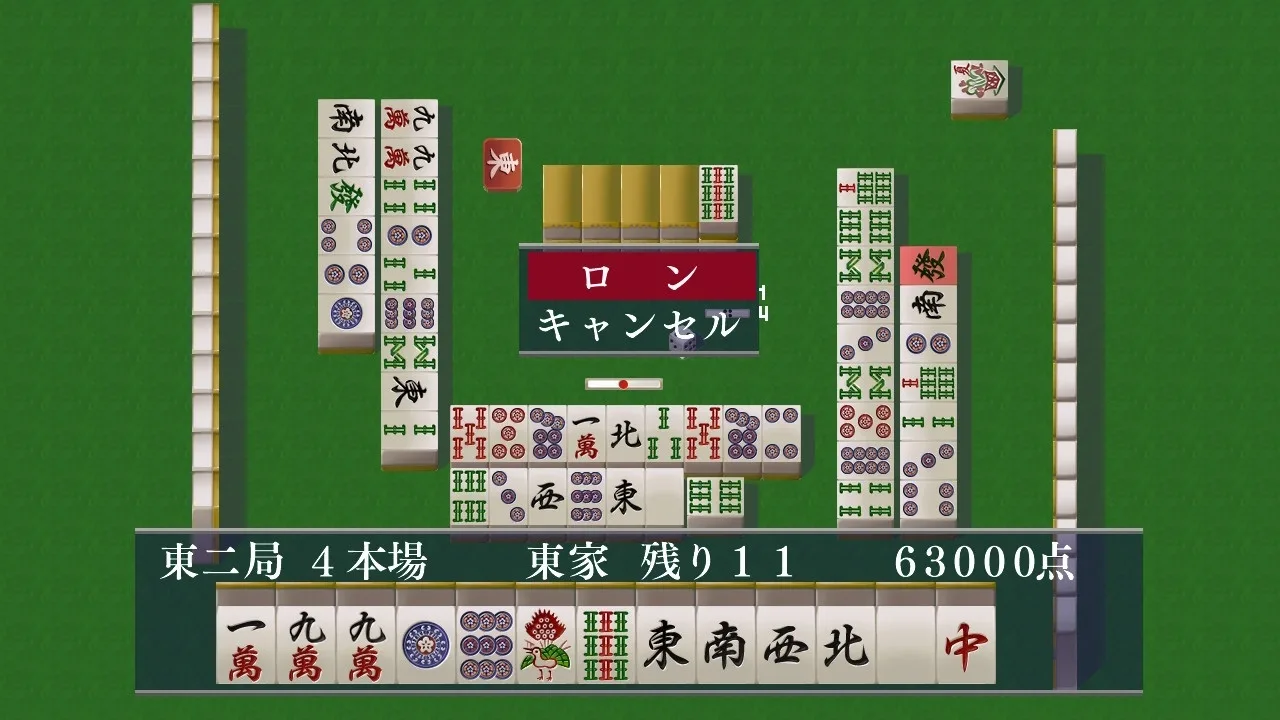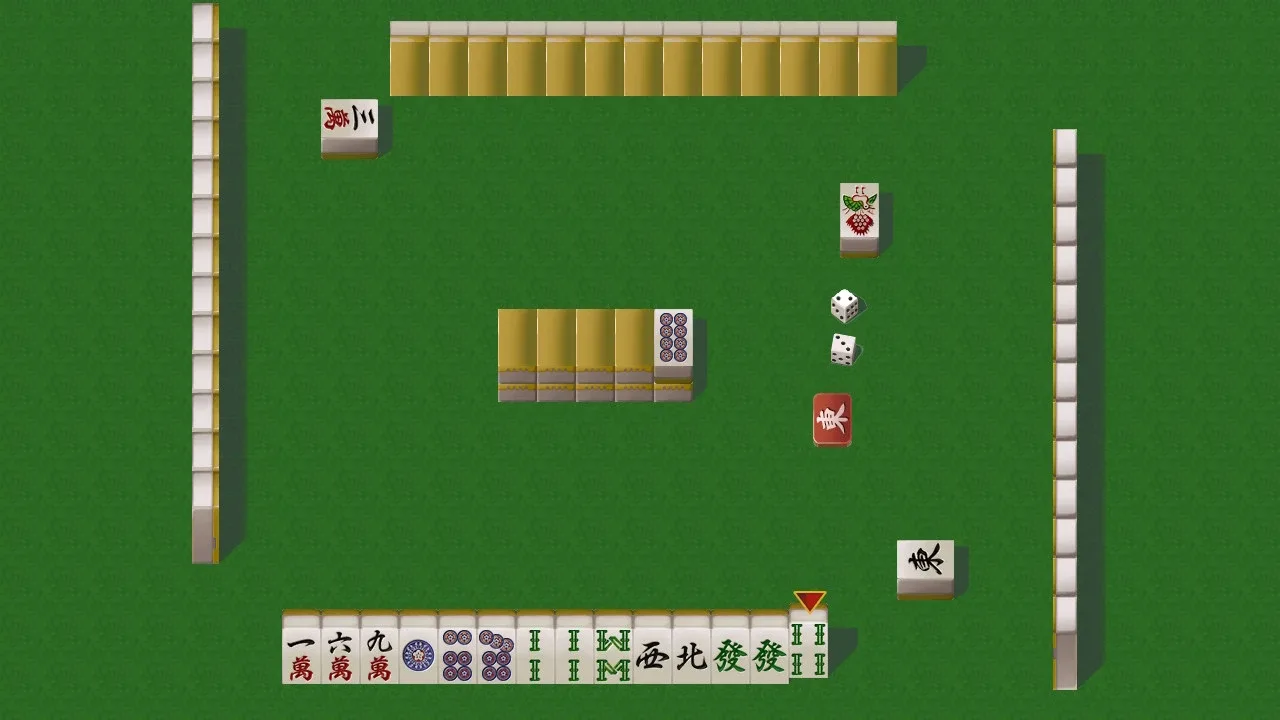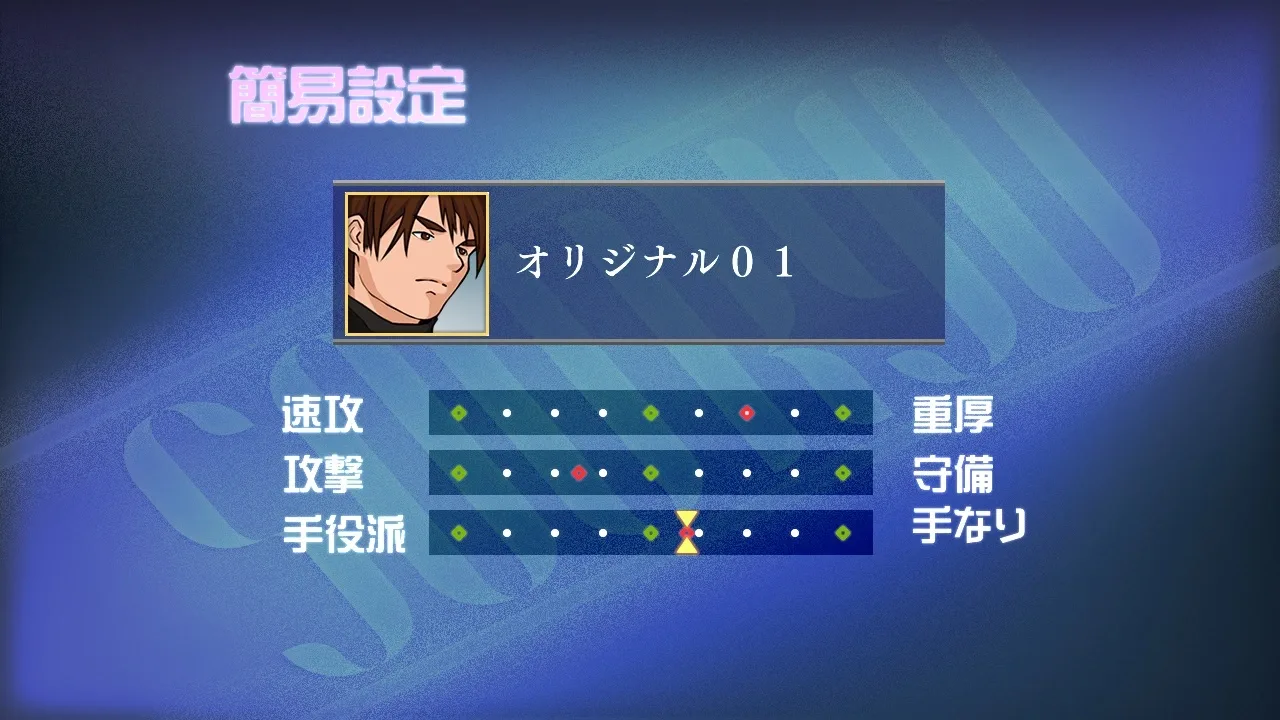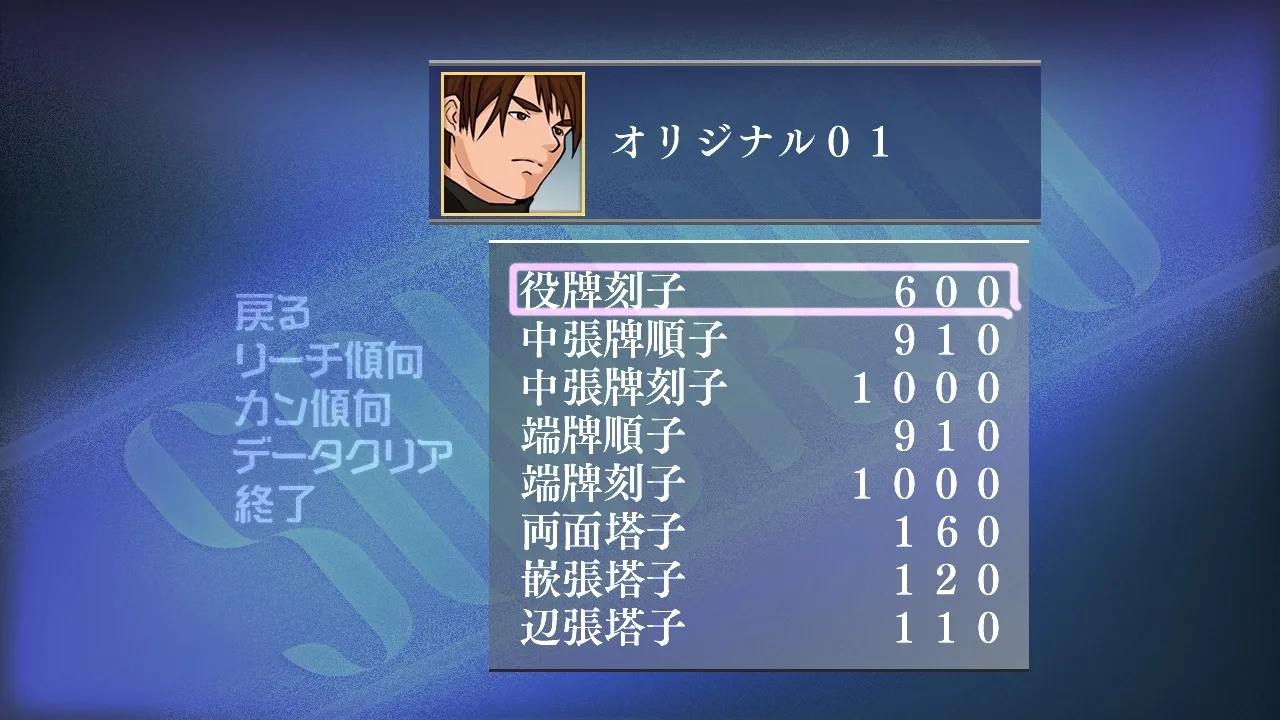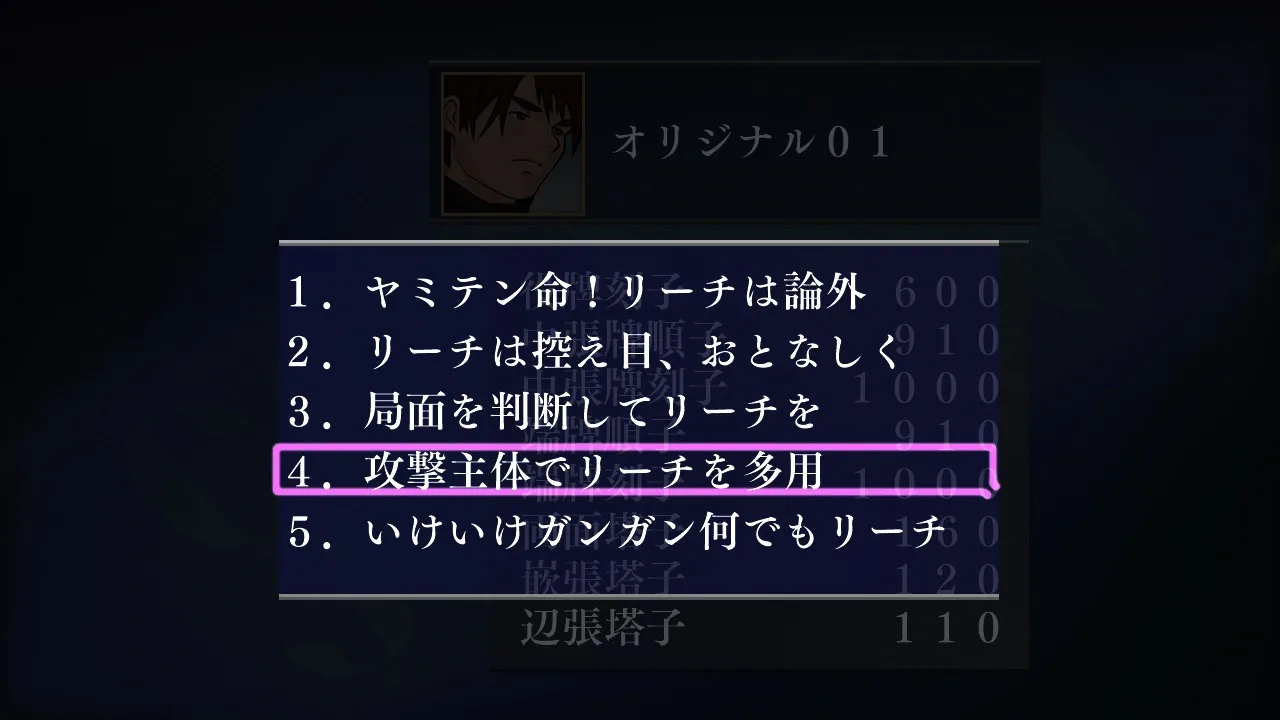Logic Mahjong Souryu: Yon-nin Uchi / San-nin Uchi
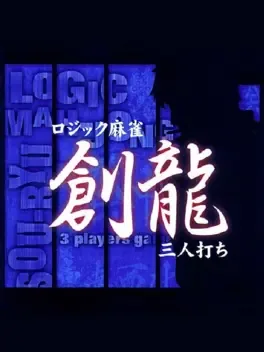
Buy
Could be interesting

Suikoden is a Japanese-style role-playing game with several unusual additions. There are three kinds of combat in the game, the most common one being the traditional turn-based party combat (players can have up to six people in their active party). Magic runes can be equipped on the player's characters which allow limited usage of offensive and healing spells. There are also a few army battles, where the player must control whole units of fighters, archers, magicians, etc., and one-on-one fights (duels).
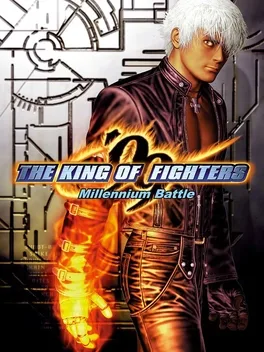
"The King of Fighters '99: Millennium Battle" is the sixth game in The King of Fighters series by SNK. Unlike in previous games of the series, there are four characters per team instead of three, with the fourth serving as a "Striker", a fighter whose function is only to enter a match, attack the opponent and leave without replacing their teammates. In total, there are seven teams, each containing four characters, four Team Edit characters and a boss.

Fantasy-themed Pinball game, which puts the player in control of a trio of heroes out to prevent the Lord of the Underworld from taking over the world. From the same developer as the Devil's Crush port for Sega Genesis/Mega Drive.

Nippon Pro Mahjong Renmei Kounin: Doujou Yaburi 2 is a Majong board game, developed by Naxat Soft and published by Chat Noir, which was released in Japan in 1999.

Simple 1500 Series vol. 43: The Hanafuda 2 is the second hanafuda game in the Simple 1500 series and also features a character creation mode in which the player can customize his character appearence (hair, eyes, face, etc) and them compete against different computer opponents in a sort of story mode. The game also has a free mode.
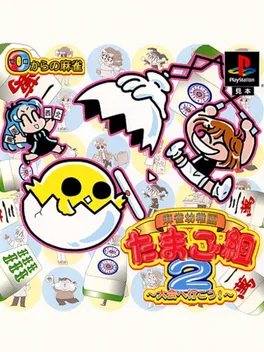
A direct sequel to 1999's mahjong game for kids 0 Kara no Mahjong: Mahjong Youchien - Tamago Gumi.
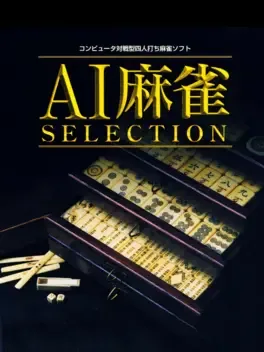
High-resolution mode provides beautifully realistic titles. This mahjong game is authentic in that it transcends the unnatural strengths that other software has always depended on, such as simple memory, probability calculation, and calculation of variables. The development of new algorithms provides a better sense of gameplay, and corresponds with tile flow ambiguities. Various options are available, from competitive mahjong to local rules. Novice and pro alike are sure to love this game.

Hana to Ryuu is a yaoi manga series created by Kazuma Kodaka in 1993. Designed as a doujinshi, Hana to Ryu follows Ryuji Kazama, the son of a dead yakuza boss, as he struggles to maintain a peaceful existence while dealing with harmful forces all around him. Hana to Ryu takes place in the universe of another Kodaka series Kizuna, taking place 10-15 years before Kizuna.
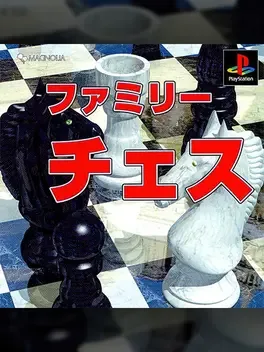
Family Chess is a chess simulation game published by Magnolia and released in Japan in 2002.
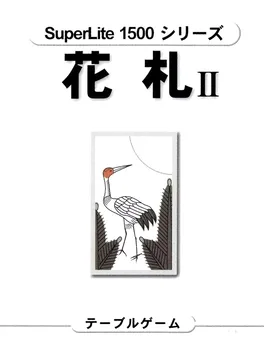
Hanafuda II is a table top card game, developed and published by Success, which was released in Japan in 1999.









